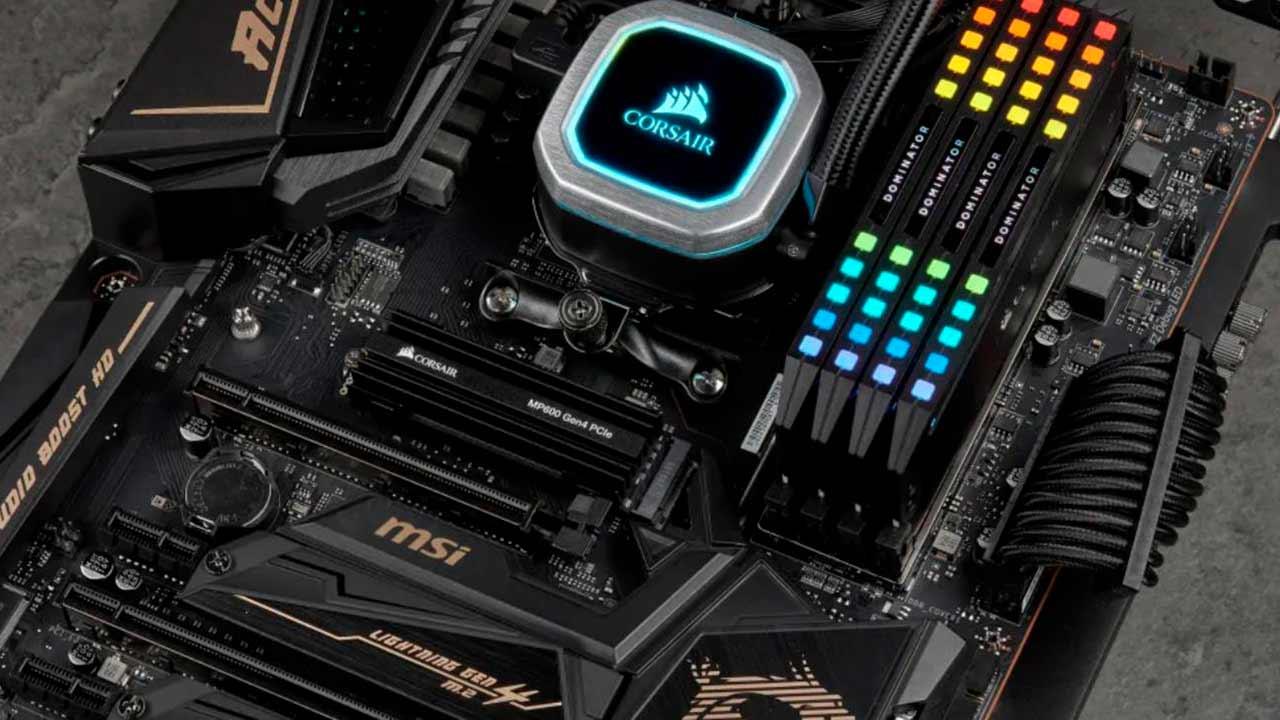Making a backup copy should be intrinsic to using a computer, although for many users it remains completely secondary until, for the first time in their life, the hard drive stops working and they lose all the information. Storage drives don’t last a lifetime, although this is especially true on older computers.
To prevent our storage unit left us completely stranded overnight, if we notice that the device is not working like the first day, that is, if it is working slower than normal, if some data is not accessible, the computer displays the blue screen of death or any other aspect related to the hard drive or SSD, it is advisable to find out if the problem comes from the storage unit or if the problem is related to Windows.
Check hard drive operation
To find out what is causing the problem, and if it is related to the hard drive, we can use one of the different tools and tips that we present to you below.
CHKDSK
CheckDisk, better known as CHKDSK is a native Windows tool which accompanies us from MS-DOS, a tool that analyzes the storage unit that we select to detect possible errors and, if possible, correct them.
To use this tool, we need to access the command line via CMD with administrator permissions and use the following command to scan the primary drive, C.
chkdsk /f /r c:
If we want to scan any other drive accessible from the PC, we need to replace C with the drive letter, keeping the colon.
WMIC
Another tool also available natively on Windows is WMIC. Unlike CHKDSK, this application takes care of analyzing the storage unit and will show us if the status is correct
To use this feature, we need to access the command line via CMD (no system administrator permissions required) and enter the following command:
wmic
Then we use the following command:
diskdrive get status
To exit this mode, use the “exit” command without the quotes.
With manufacturer’s request
Most SSD manufacturers offer all users an application that allows them to know the status of the unittemperature, number of GB written and read, power-on times and much more.
This information allows us to have an idea of the life cycle of the unit, but, in addition, it also allows us to know its state of health, since all these applications show us this information in summary form.
The applications that SSD manufacturers offer us are available on their website. To make them easier to find, we show you below the corresponding link where this application is located: Samsung, Seagate (it is compatible with almost all SSD manufacturers), Western Digital (also valid for SanDisk), Corsair (you must select Storage as Product), Crucial and SK hynix.
Third-party tools
If the manufacturer’s scan tool of our hard drive or SSD leaves much to be desired, we can use third-party applications such as Crystal disk informationa completely free application in Spanish, available from this link, which allows us to know even more information about our storage unit than through the manufacturer’s tool.
Table of Contents











